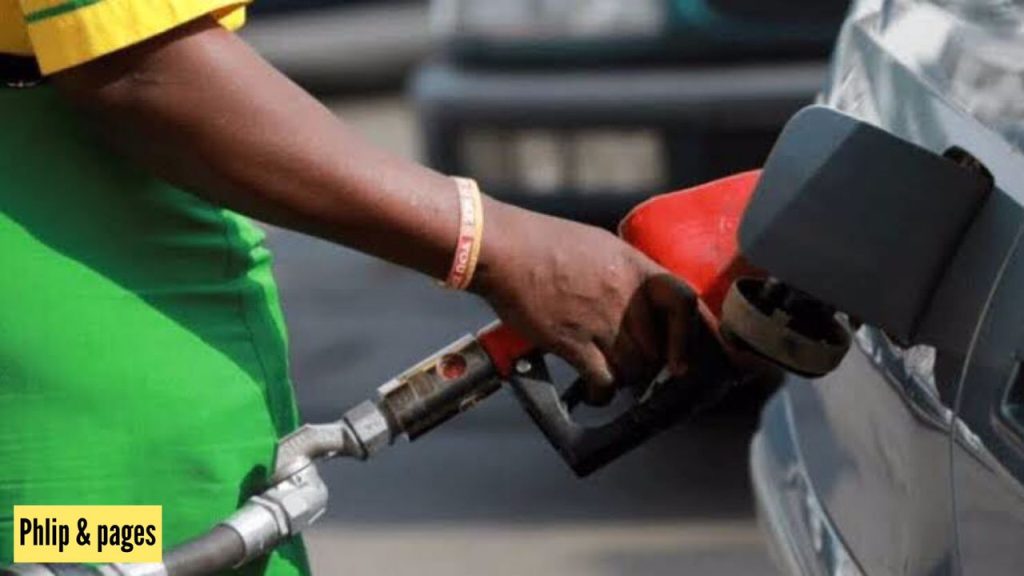The cost of fuel, maintenance, and labor can all go up as the economy struggles as the people faces harsh economic weather at the face of fuel Subsidy Removal.
In this article, we will explore some strategies for managing transportation in the face of such difficulties.
One important approach is to focus on efficiency in operations. This could involve optimizing routes/schedules using real-time data analytics techniques so as reduce overall operating expenses while ensuring adequate coverage across various areas targeted by different transport modes being operated within same city/state/country context thereof equally importantly upto global level depending upon scale scope intervention desired results envisaged policymakers themselves at outset itself when designing such programs initially itself reflecting changing realities emerging ahead us all around today!

Another strategy would be to find alternative sources of funding for public transportation systems that are facing budget cuts or revenue shortfalls due to the current economic climate. This could include seeking out partnerships with private entities or exploring new ways generate streams income like advertising revenues generated through digital platforms online/offline contexts alike.
Furthermore, it’s important to communicate effectively with passengers about any changes made regarding fares/timings/routes etc., so they can plan their journeys accordingly without any inconvenience caused thereby creating long-lasting trust-based relationships between transport providers & users alike over longer term horizons fostering growth development opportunities therein too alike .
In addition, safety concerns must remain paramount whenever transporting members public from one place another irrespective mode used whether private/public-owned ones since riding post-subsidy removal could pose some risks if not managed properly through proper checks balances done regularly monitoring progress achieved implementing corrective actions needed wherever required continuously until desired outcomes achieved satisfactorily representing higher levels satisfaction amongst end-users involved therein altogether.

Lastly but most importantly leveraging latest technologies available today including IoT sensors/GPS tracking devices/real-time traffic updates etc., helps operators make informed decisions based on accurate information enabling them provide better services faster response times faced with sudden market fluctuations leading towards demand-supply imbalances inducing inefficiencies productivity losses across entire value chain actors involved therein thereof creating wealth generation opportunities while promoting growth development agendas aimed bringing prosperity one step closer than ever before possible otherwise achieved under same circumstances prevailing earlier upon which interventions need be done differently now reflecting new realities emerging ahead us all around us today!
Overall, managing transportation in the brick of harsh economic situations requires careful planning, efficient operations and effective communication with passengers. With these factors in mind, transport providers can ensure that their services continue to meet the needs of customers while adapting to new economic realities without causing undue hardship or safety concerns for anyone involved all around us today!
















